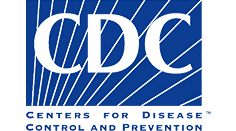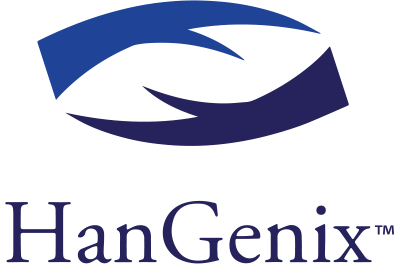2,000,000 Reasons for Clinicians to Wash Their Hands
- Failure to perform appropriate hand hygiene is considered the leading cause of Hospital Acquired Infections (HAIs).*
- Nearly 2 million patients suffer from HAIs in the US annually, of which ~5% or 100,000 patients die each year as a result.*
- Despite these facts, clinicians within patient healthcare settings are less than 50% compliant with current hand hygiene guidelines.*
- Incremental treatment costs exceed $40 billion annually.
*Data on file at HanGenix™.

Risks to Hospitals Are Far Beyond Higher Treatment Costs
- Losing millions of dollars in CMS reimbursements
- Building negative reputation due to published infection rates
- Losing Joint Commission accreditation
- Accelerating anti-microbial resistance
- Fighting expensive litigation
“Best Practice” for Monitoring Hand Hygiene is Hardly “Best”
The primary means of monitoring clinician compliance with hand hygiene guidelines has been observation – an approach fraught with inaccuracies, unreliable data, and high costs.
- Sampling of less than 1% of hand washing opportunities
- Rates skewed higher because individuals know they are being observed (Hawthorne effect)
- Data capture impacted by human bias and error
- Lack of individual accountability
- Limited, actionable insights
Technologies using RFID, Real-Time Location Systems (RTLS), and Soap Counters fail to deliver
- Lack accuracy and granularity
- Only measure room entry and exit versus W.H.O. guidelines
- Are very expensive, difficult, and time-consuming to install
These limitations have resulted in <1% adoption of the hand hygiene technology market in US hospitals.

 Close
Close Menu
Menu